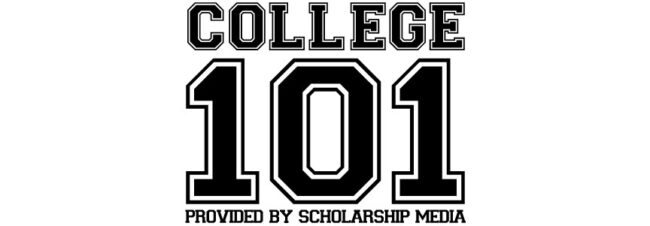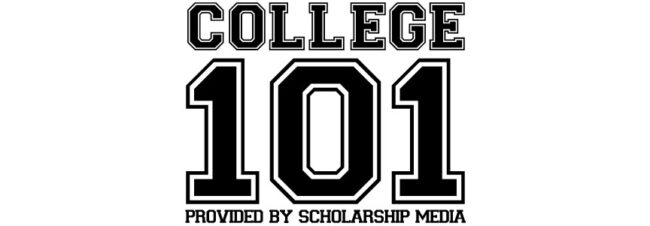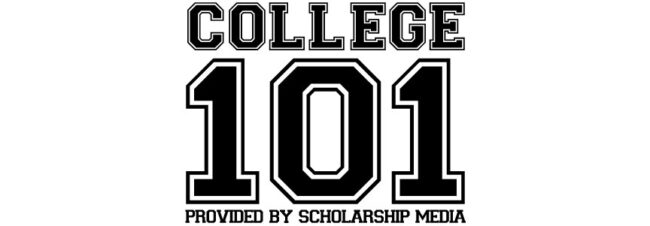There’s no doubt that credit has increased Americans’ purchasing power. Without it, many of us wouldn’t have access to homes, cars, and other everyday goods. Although, this reliance on credit has also normalized debt across the US.
With consumer debt now standing at $14.96 trillion and the average consumer owing $92,727, it’s important to understand how different debt types can affect your future and your finances.
Want to know more about the different types of debt? Let’s take a look!
1. Credit Card Debt
One of the most common debt types is credit card debt. Credit cards are a favorite among consumers who value the immediate access to goods and services they provide. On top of that, credit cards also help you build your credit score and earn rewards. But all that comes at a high price.
Ninety percent of US adults have at least one credit card on their reports. But rather than paying the full amount every month, as many as 75 percent carry their credit card balance over, with the average balance now at $5,315. This kind of revolving, unsecured debt means you’re accruing some serious interest. And, should you miss a payment, you’ll have to pay late fees on top of that.
As such, it’s best to clear credit card debt as soon as possible. This is where a debt consolidation loan can help. The Plenti debt consolidation loan comes with a personalized rate and a market-leading rate promise for the smartest and fastest way to consolidate your debt.
2. Auto Loan Debt
Most consumers don’t have the funds to pay for a vehicle upfront so they take out a secured auto loan, using the car as collateral. Two-thirds of US adults have at least one auto loan, with an average debt of $19,703.
Financing a car in this way means that whoever lent you the money places a claim of ownership on your vehicle. As such, if you should stop making payments for any reason, the lender can repossess your shiny new wheels. But, one of the pitfalls of auto loan debt is that your car will never be worth what you paid for it, so you might find yourself even more out of pocket than before if you do fail to meet your repayments.
3. Mortgage Debt
The best example of “good” debt is mortgage debt, whereby the home you’re paying off in monthly installments acts as the collateral for your secured loan. But, unlike auto loan debt, a big advantage is that you’re buying a high-value asset that will almost definitely be worth even more once you’ve finished paying for it.
Forty-four percent of US adults have this type of debt, with the average mortgage balance standing at an eye-watering $208,185. It should come as no surprise, then, to learn that mortgages represent the largest outstanding debt in the US.
Like all debt, you’ll have to pay interest on a mortgage loan. But when you’re talking large numbers and payment plans stretching over a few decades, this interest can add up to some serious cash. For example, if you take out a 30-year mortgage for $250,000 at an interest rate of 3.8 percent, by the time you finish paying, you will have shelled out close to $420,000 – yikes!
4. HELOC Debt
Home equity lines of credit (HELOCs) are loans that allow homeowners to use their property as collateral. You can use this home equity to pay off other debts, finance a new purchase, or pay for a home improvement project. Around 12 percent of Americans have a HELOC account with the average debt standing at $41,954.
5. Personal Loan Debt
Personal loans allow you to borrow a set amount of money and pay it back over time, with ten years often the maximum period. Consumers can use these funds to cover whatever expense they need, from debt consolidation to emergency expenses. Almost a quarter of American adults have this debt type on their credit on their reports, with the average personal loan debt standing at $16,458.
Personal loans can be secured or unsecured. Secured personal loans involve borrowing money using your home, car, or another item as collateral, while unsecured personal loans aren’t tied to an item you own. Since unsecured personal loans are riskier for lenders, they come with lower maximum loan amounts and higher interest rates than secured loans.
6. Student Loan Debt
Higher education would be out of reach for millions of Americans without access to the student loans that help them finance their studies. Because of this, many people consider student debt another prime example of “good” debt since you’re using the money you borrow to enhance an asset. But, in this case, you are the asset.
That said, there are other ways to reduce the cost of further education and your chance of racking up student debt. These include choosing directional schools, working alongside your studies, or applying for grants and scholarships.
7. Medical Bill Debt
With only the best insurance policies covering 100 percent of medical bills, it’s common for Americans requiring healthcare to amass bills they often don’t have the resources to pay. In fact, around 137 million Americans have an outstanding medical debt on their records, with 28 percent of them owning $10,000 or more.
Unlike other debt types, however, there is room for negotiation when it comes to medical bill debt. By facing the problem head-on and talking to your hospital or healthcare provider, you can check your eligibility for financial assistance, pay lower rates, or work out a payment plan you can afford. Or, if you have medical bill debt with several different healthcare providers, you may prefer to take out a debt consolidation loan so that you only have to deal with one creditor and one monthly payment.
Understanding Different Debt Types
While there are many different debt types, the one thing that they all have in common is that the best way to get out of them is to pay back what you owe as fast as possible.
Failing that, debt consolidation is a useful tool to help you get a handle on your finances and establish a reasonable repayment plan that suits your means and preferences.














